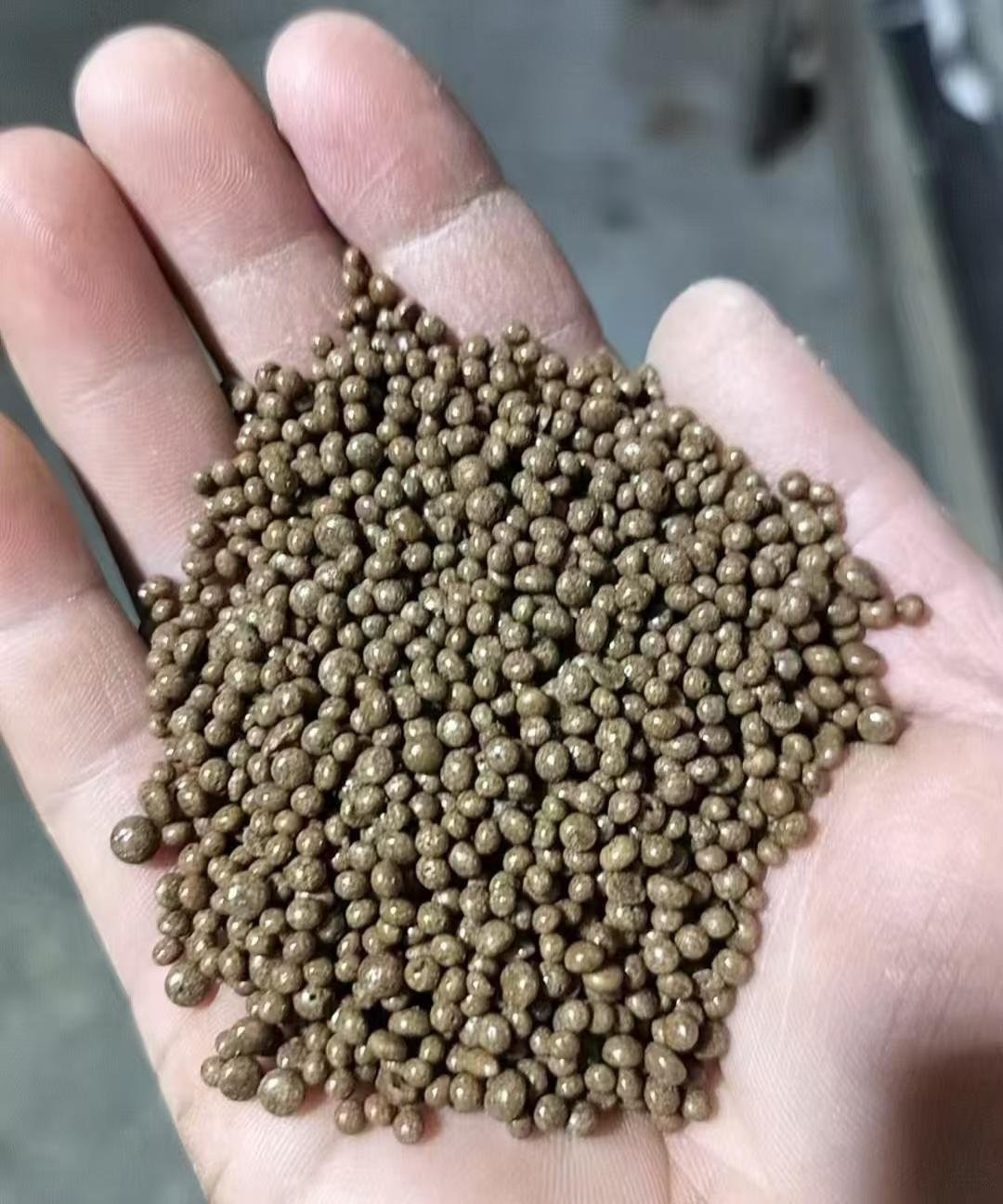In global agricultural production, NPK compound fertilizer has become the mainstream choice with its balanced nutrient supply. As a professional fertilizer supplier, we combine industry practices and authoritative data to deeply analyze the core differences and scientific application strategies of NPK15-15-15 and NPK18-18-18.
1. Common advantages: the cornerstone of balanced nutrients
15-15-15 and 18-18-18 are both ternary compound fertilizers, which have the core advantages of compound fertilizers.
Efficient nutrient supply: Provide nitrogen, phosphorus and potassium at the same time, reduce the number of fertilizations, and save labor costs;
Excellent physical properties: solid and dust-free particles, low hygroscopicity, easy to store and mechanized application;
Soil-friendly: few by-components, long-term application has little effect on soil structure.
2. Core differences: concentration and composition determine the applicable boundary
NPK15-15-15 has a total nutrient content of 45%, and its balanced ratio is particularly suitable for the basic nutrient supply of crops in the seedling stage, and the chloride content is generally low.
NPK18-18-18 has a total nutrient content of 54%, and its high concentration characteristics make it more advantageous in short-term high nutrient demand scenarios. However, the chloride content is high, so it should not be used in protected areas and chlorine-sensitive crops.
3. Scientific selection: application scenarios oriented by crop demand
Preferentially choose the 18-18-18 scenario
Economic crops with high fertilizer requirements: such as tomatoes in the peak fruiting period and eggplants in the late growth period, need to quickly supplement high-concentration potassium and nitrogen;
Drip irrigation system: 100% water-soluble, suitable for integrated water and fertilizer topdressing;
Cost-sensitive large-scale planting: reduce the amount of single application, reduce logistics and labor costs.
Recommended scenarios for 15-15-15
Chlorine-averse crops: potatoes, tobacco, citrus, etc., to avoid chloride ions inhibiting quality;
Soil salinization risk areas: low-chlorine formulas are safer;
Basal fertilizer requirements: mild release, suitable for balanced fertilizer supply throughout the growth period of field crops (such as rice and wheat).
Case: In tomato production, 15-15-15 can be used in the seedling stage to promote a stable root system, and 18-18-18 can be used in the flowering stage to strengthen potassium supply and increase fruit setting rate.
When choosing NPK compound fertilizer, it is necessary to comprehensively consider the fertilizer requirements of crops, soil characteristics, cost budget and target market requirements. Qingdao Keyuan Company can provide customized solutions according to customer needs, and provide professional agricultural services to help promote the sustainable development of global agriculture.





